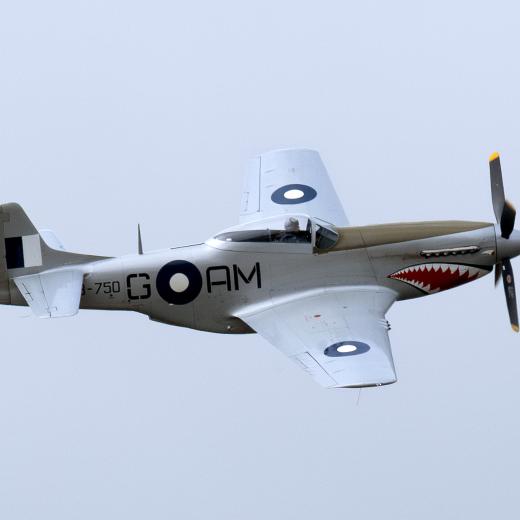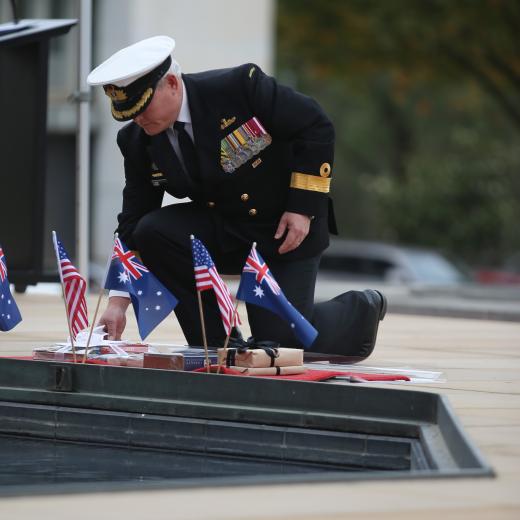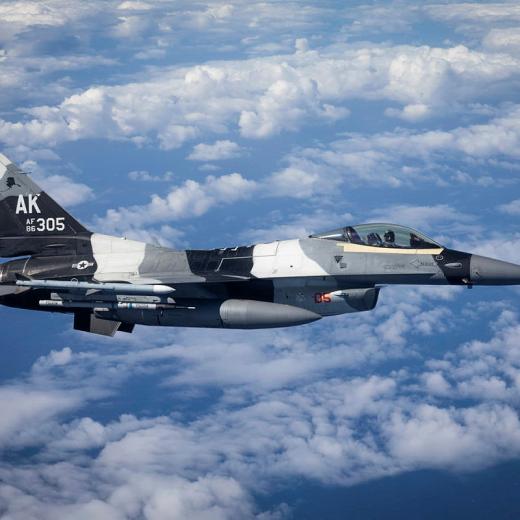BLUF
On June 6th, we commemorate the anniversary of D-Day, the pivotal event in 1944 when the allies accomplished a successful landing in Normandy. This monumental achievement ultimately resulted in Germany's unconditional surrender in 1945.Summary
KEY POINTS:
- The allies, commanded by US General Eisenhower, landed on the beaches of Normandy, as part of Operation: Overlord.
- D-Day refers to the actual day that allied forces landed on the beaches of Normandy.
- Overlord refers to the whole operation, not just a single day.
- The allies had air superiority over the landing areas flying over 12,000 sorties to the Luftwaffes 319—see Determination, air power crucial to D-Day victory.
- The Battle of Britain in 1940 deprived Hitler of air superiority over the channel, which meant an invasion of the UK was practically impossible.
- See: Battle Of Britain: The Royal Air Force Stopped Hitler's Total Domination Of Western Europe | The Runway (govcms.gov.au)
- In 1944 the Allies had air superiority and maintained that superiority right through to the eventual defeat of Nazi Germany in Apr 1945.
References
- D-Day’s Deadly Dress Rehearsal | The Runway (govcms.gov.au)
- D-Day: Learn about the D-Day Invasion | Holocaust Encyclopedia (ushmm.org)
- Australians and D-Day | Australian War Memorial (awm.gov.au)
- The Great Amphibious Invasion: D-Day, 6 June 1944 | Royal Australian Navy





